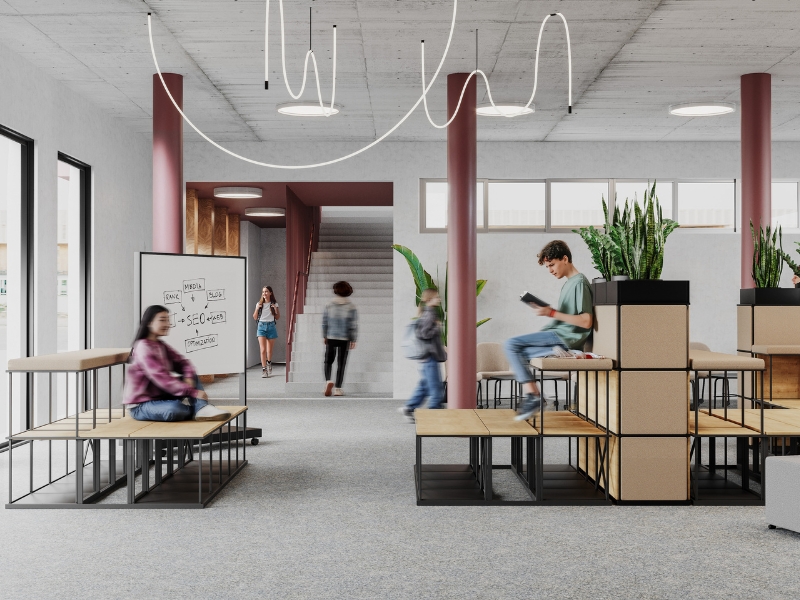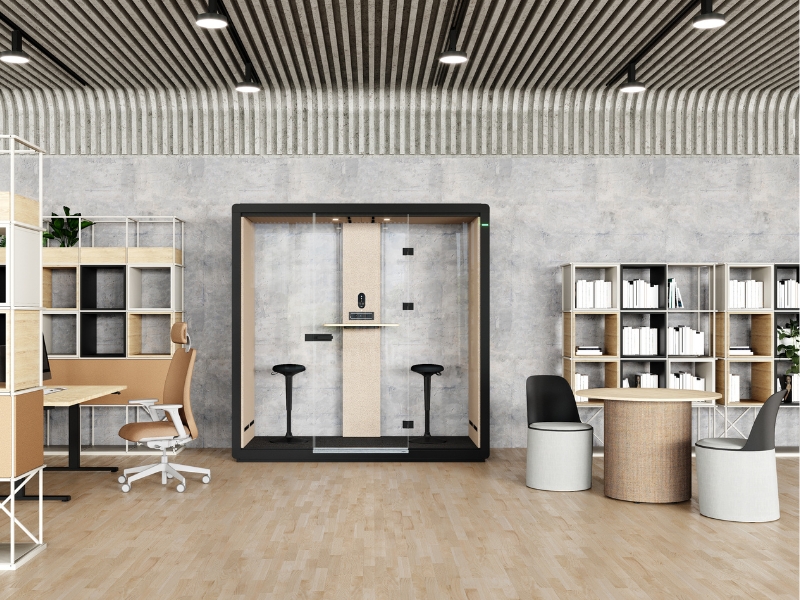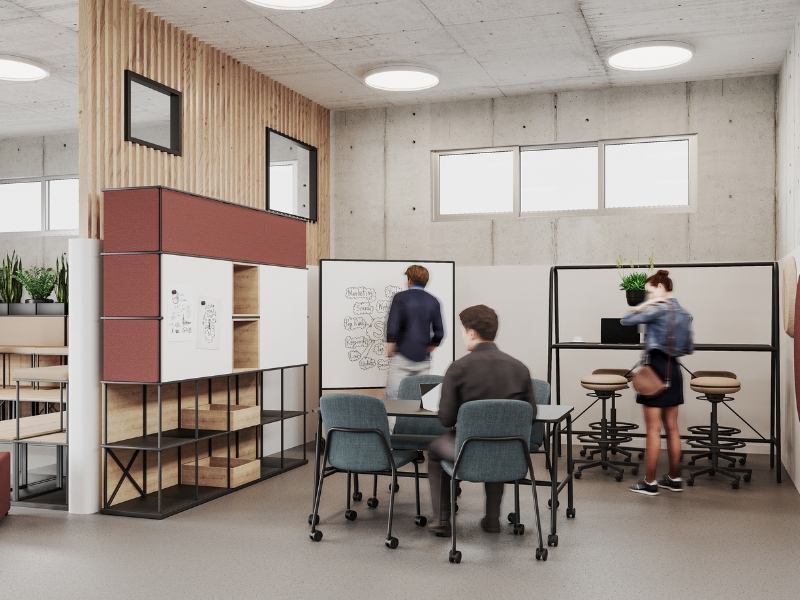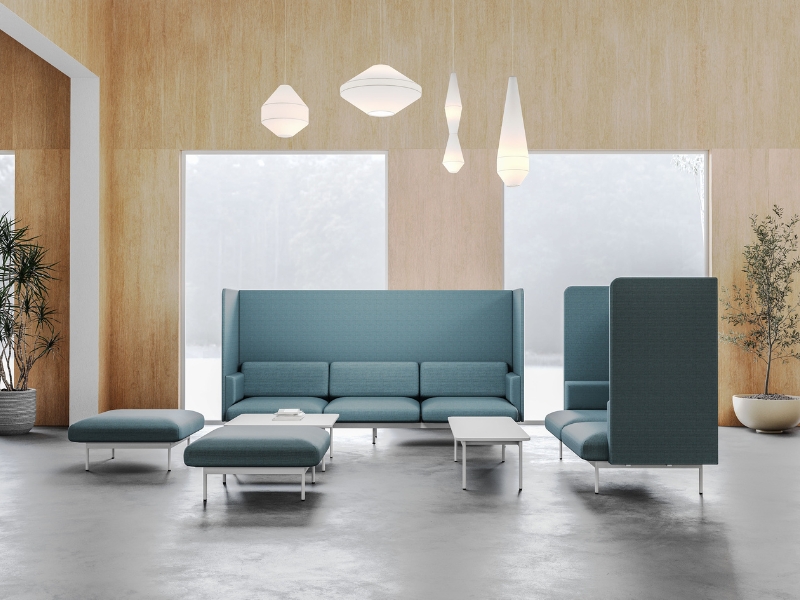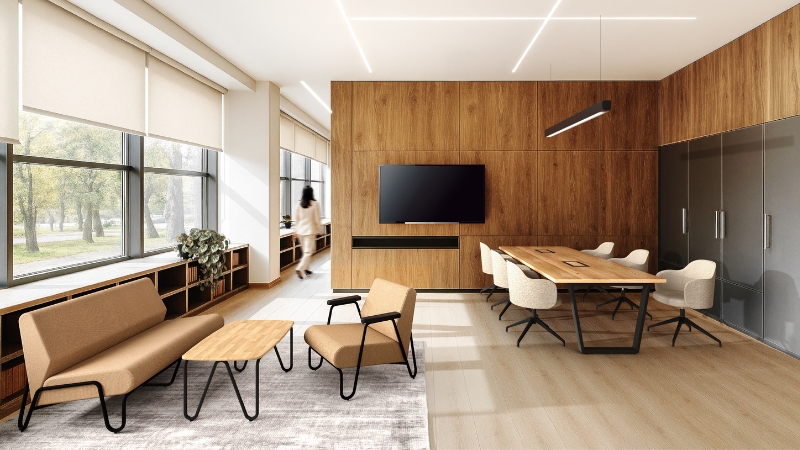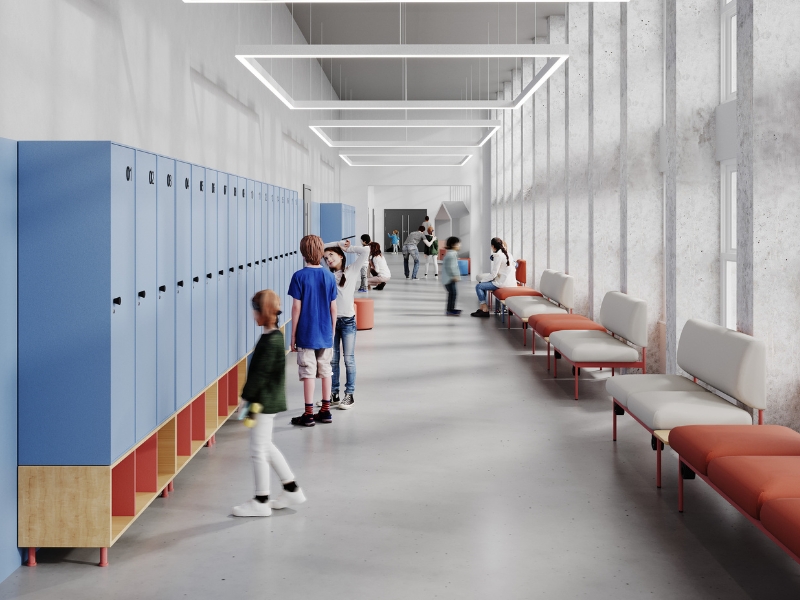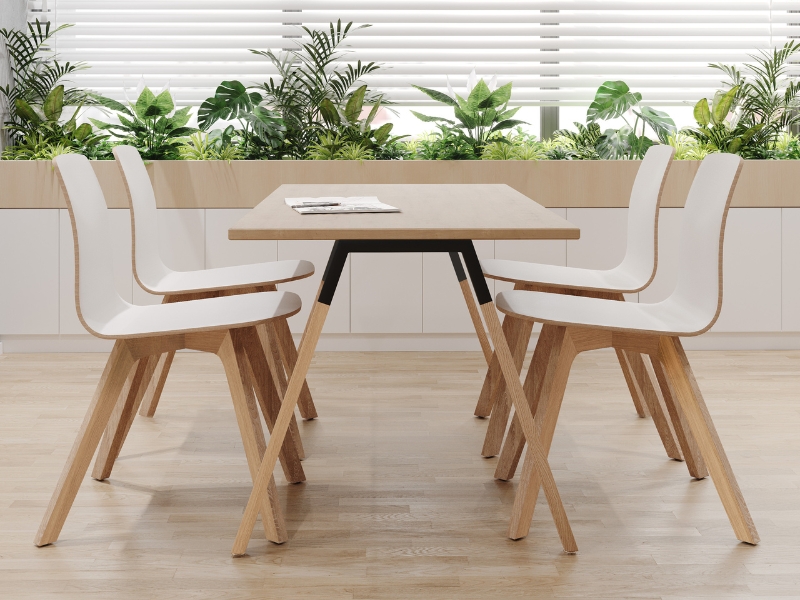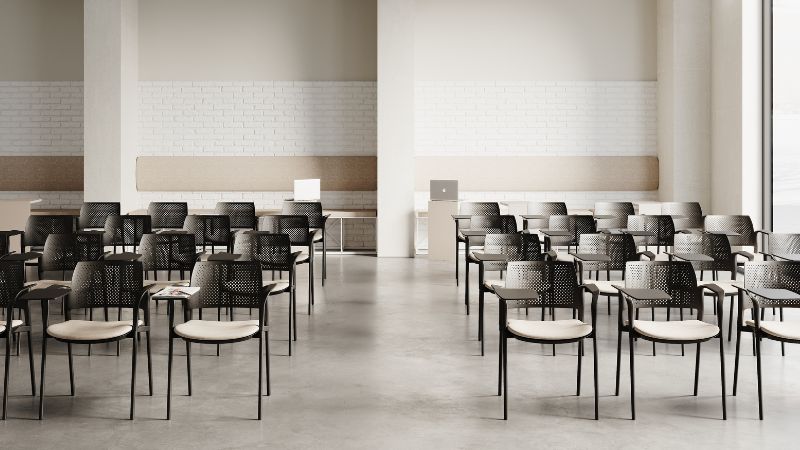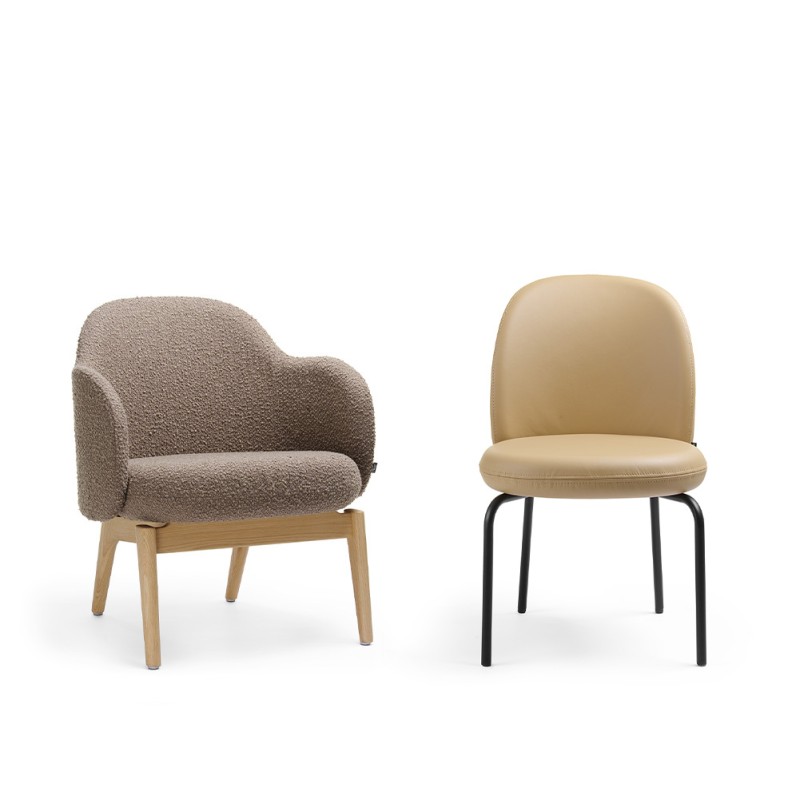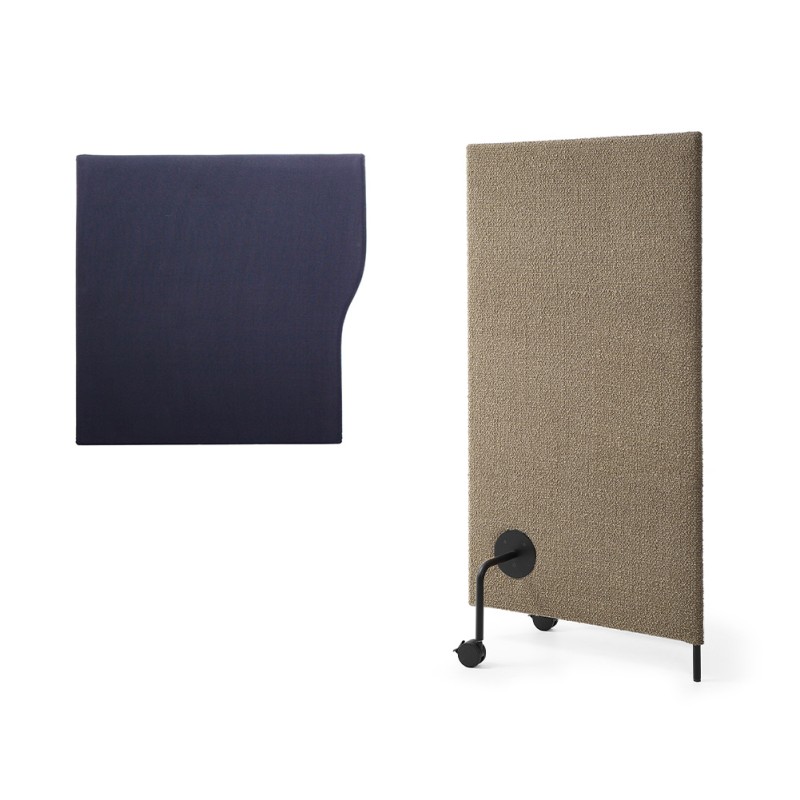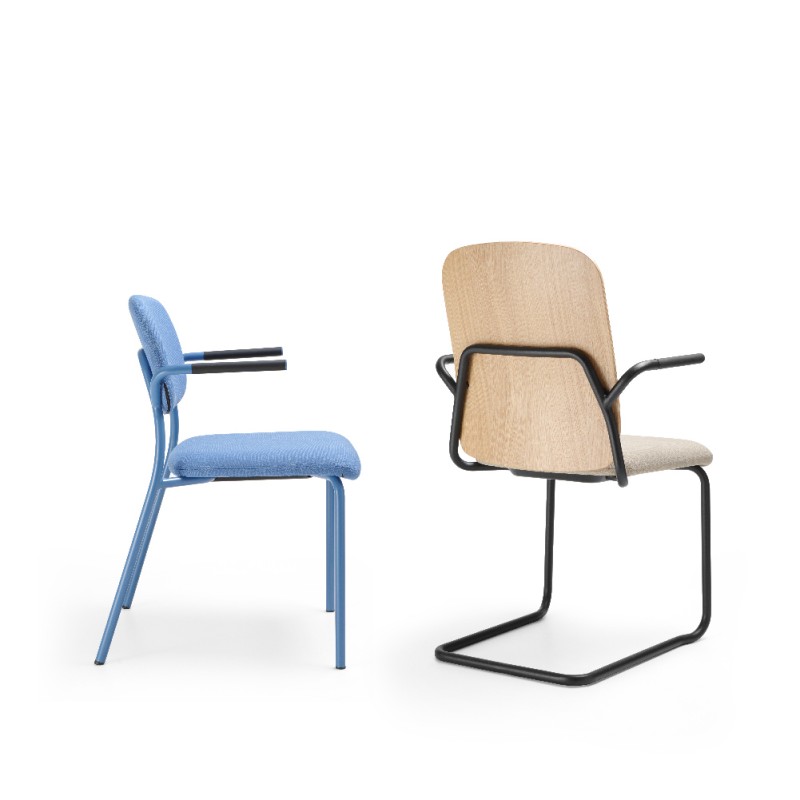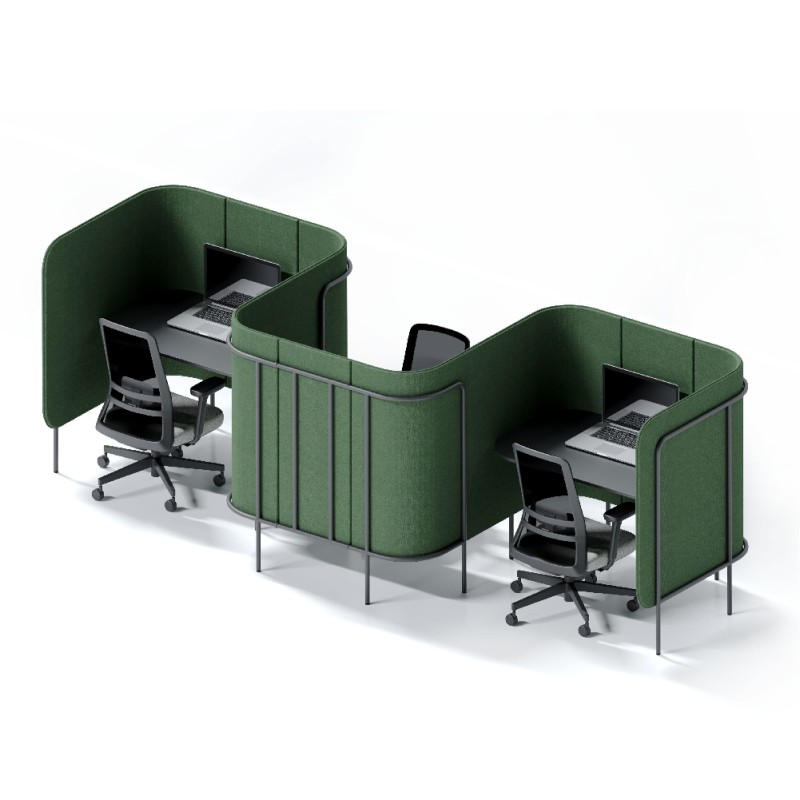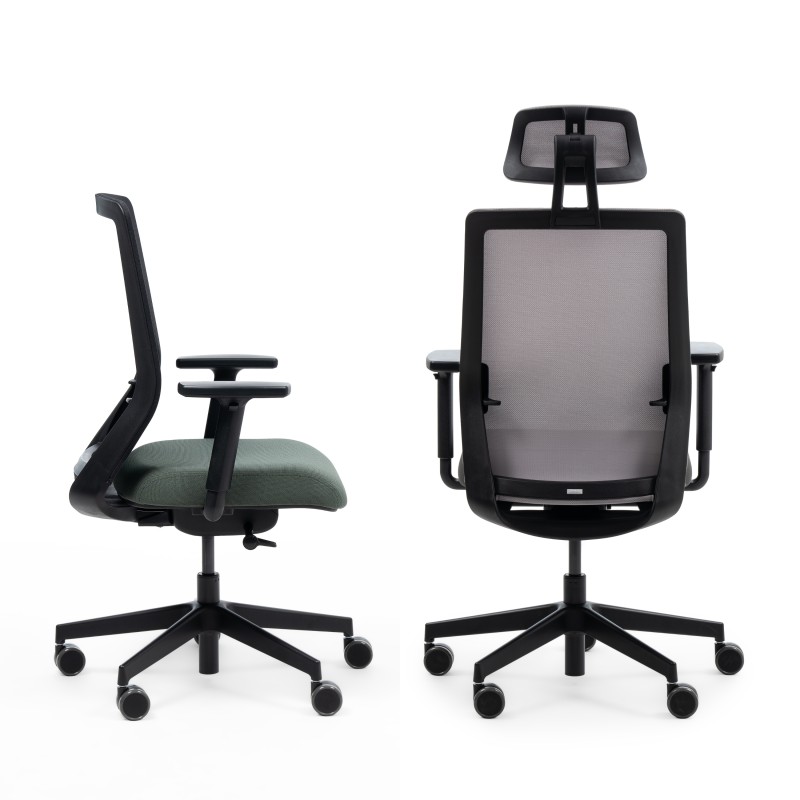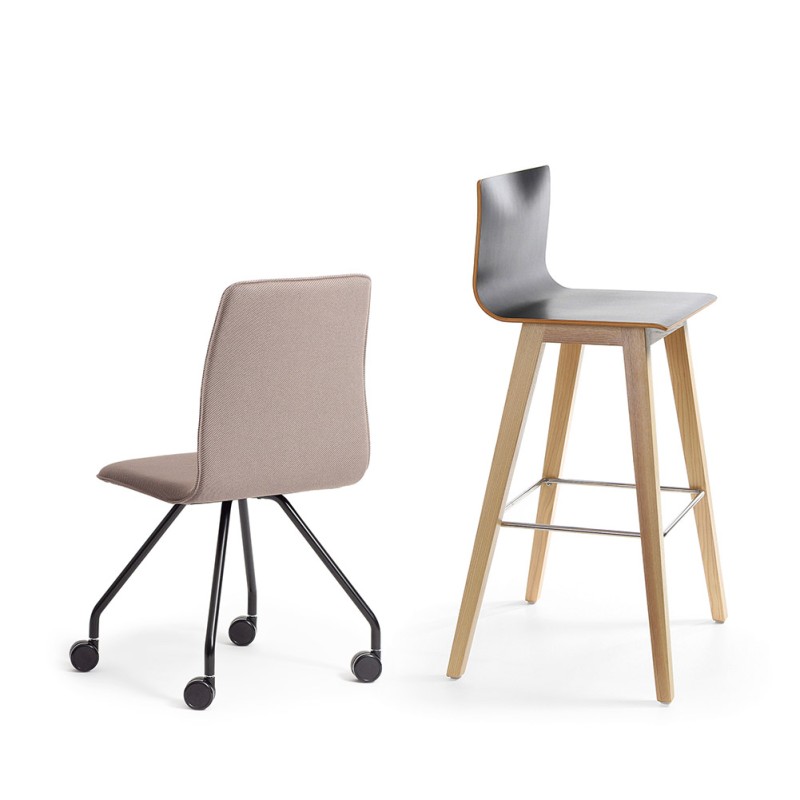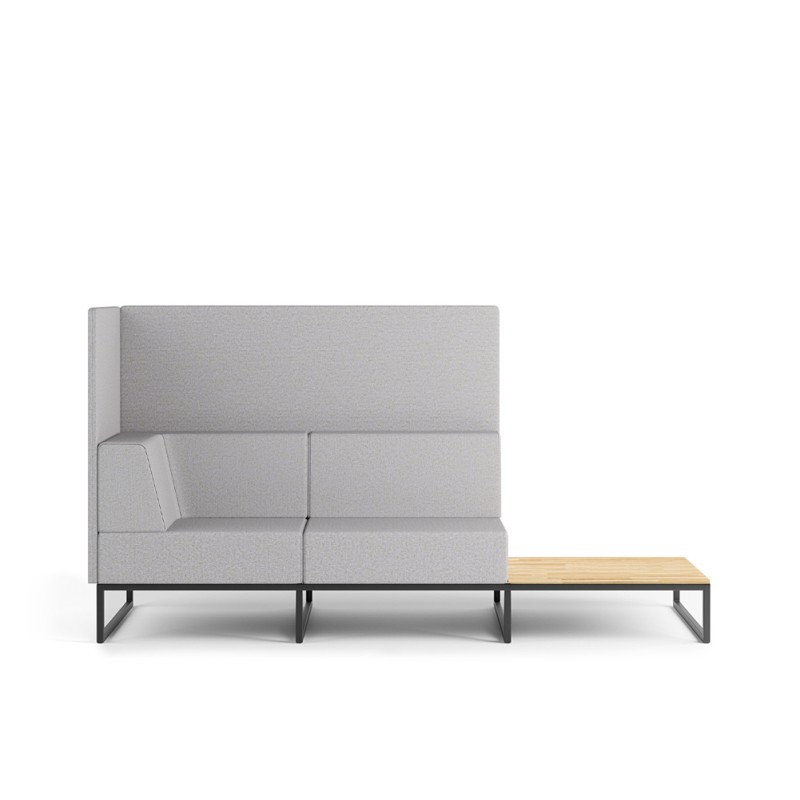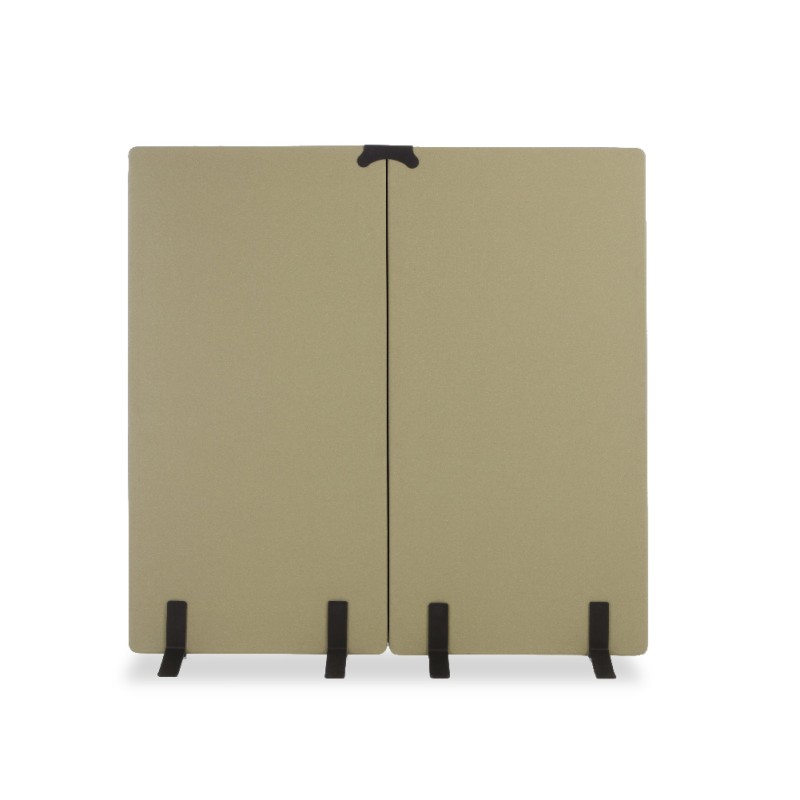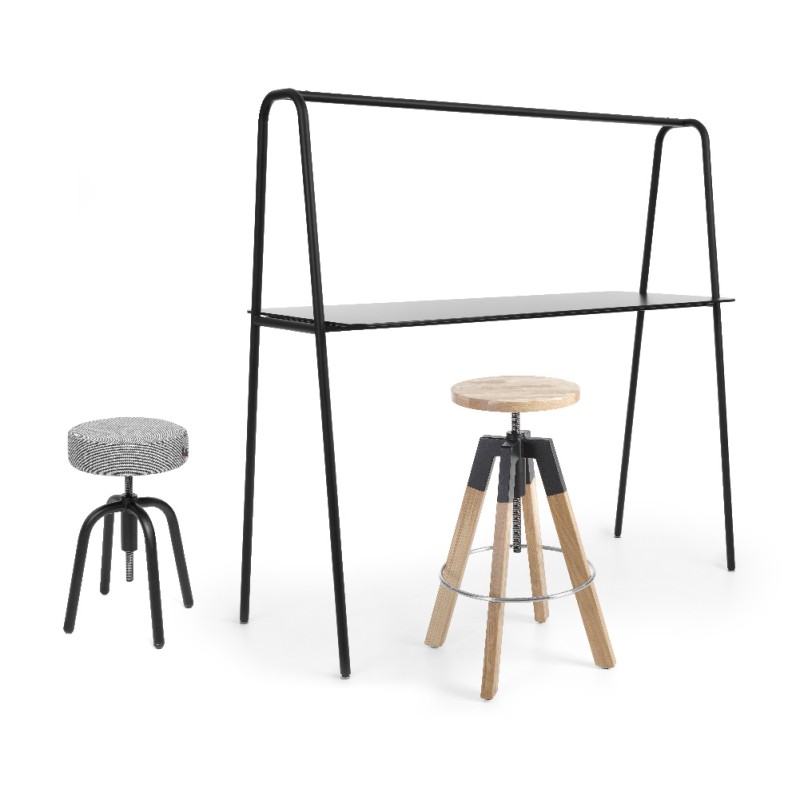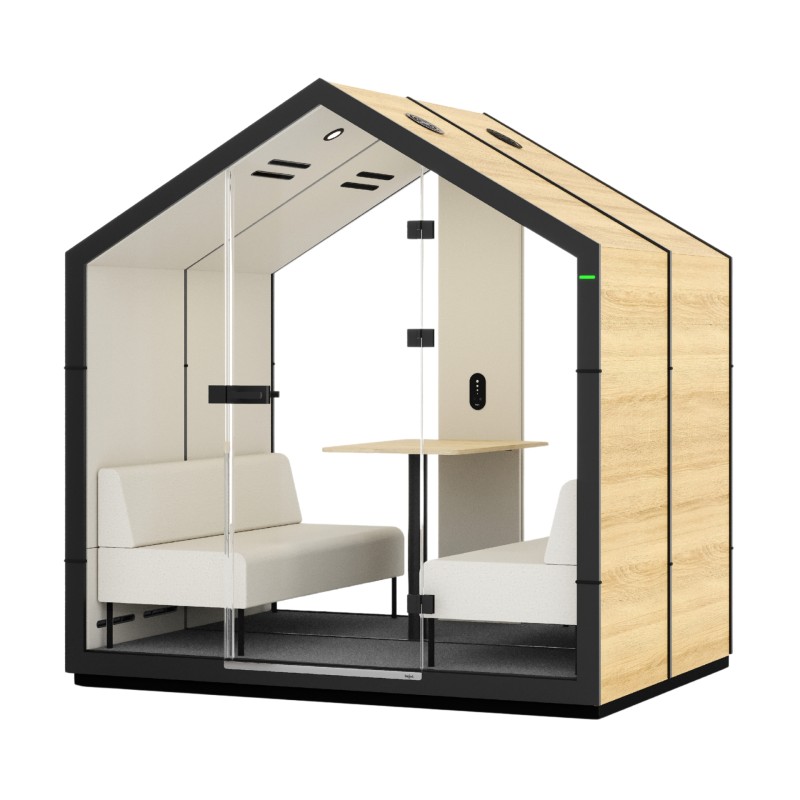
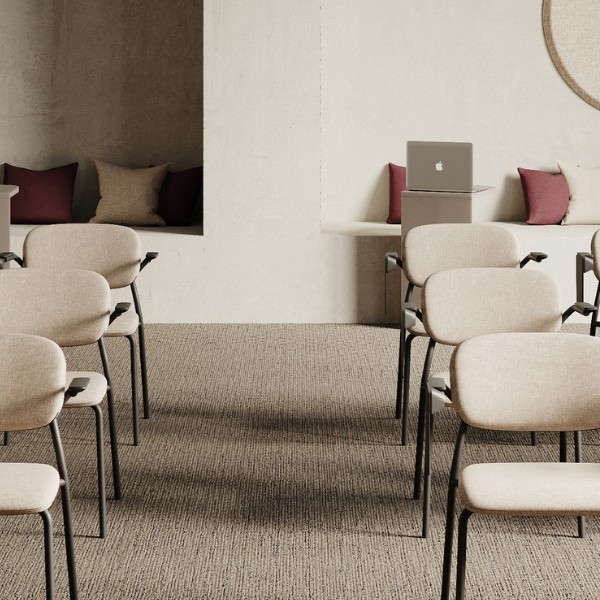
Furniture for Education – How Zoning Enhances Modern Teaching
23.06.2025|
Education is evolving at a rapid pace. Traditional teaching models are giving way to more flexible approaches focused on collaboration, autonomy, and student well-being. In response, educational spaces are also transforming — no longer just venues for transmitting knowledge, they are becoming environments that foster creativity, comfort, and a sense of community. A key factor in this shift is the thoughtful design of interiors and the careful selection of furniture.
Modern educational institutions — from schools to universities — are increasingly diverse in function. They need to support a wide range of activities: from focused individual learning, to creative collaboration, to rest and social interaction. The key to achieving this versatility lies in zoning — dividing spaces into functional areas, each requiring tailored furniture solutions.
1. Individual Learning ZoneQuiet areas designed to support concentration and independent work. Ergonomic setups, acoustic panels, and suitable desks enhance comfort and focus.
2. Collaborative Learning ZoneFlexible spaces for teamwork, discussion, and project-based learning. Mobile furniture and writable surfaces allow for quick reconfiguration to match the activity. Furniture: mobile tables and chairs, rolling whiteboards, soft seating for informal meetings
3. Relaxation and Regeneration ZoneBreak areas that promote well-being and social interaction. Soft seating and informal arrangements help students recharge between classes. Furniture: modular sofas, soft seating, poufs, coffee tables, acoustic booths
4. Staff and Administrative ZoneFunctional and comfortable workspaces for teachers and administrative staff. Ergonomic furniture supports daily tasks and team meetings. Furniture: desks, office chairs, shelving, conference tables
5. Common Areas – Hallways and Interstitial SpacesThese are more than just walkways — they’re social hubs and quick break zones. Acoustic and modular furniture creates cozy micro-zones for interaction. Furniture: easy-to-clean benches and chairs, modular seating, acoustic panels and furniture
6. Cafeterias and Dining AreasSpaces where functionality meets the experience of shared meals. Durable, easy-to-clean furniture and proper acoustics enhance comfort and usability. Furniture: sturdy, easy-to-maintain tables and chairs; acoustic solutions for conversation comfort
7. Meeting Zones – Conference Rooms and AuditoriumsAreas designed for lectures, presentations, and meetings require efficient spatial organization. Comfortable seating and functional layouts support focus and communication. Furniture: linkable chairs, chairs with writing tablets, auditorium seating
Dividing educational spaces into zones not only improves building functionality but also supports diverse learning styles, social development, and overall well-being. Furniture plays a pivotal role in this — when thoughtfully selected, it creates environments where learning becomes more intuitive, comfortable, and inspiring.
|

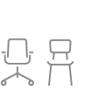




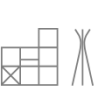
 EN
EN
 PL
PL
 DE
DE
 FR
FR
